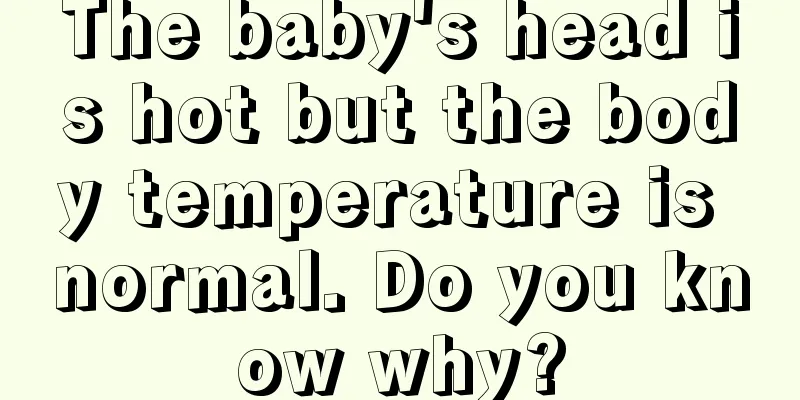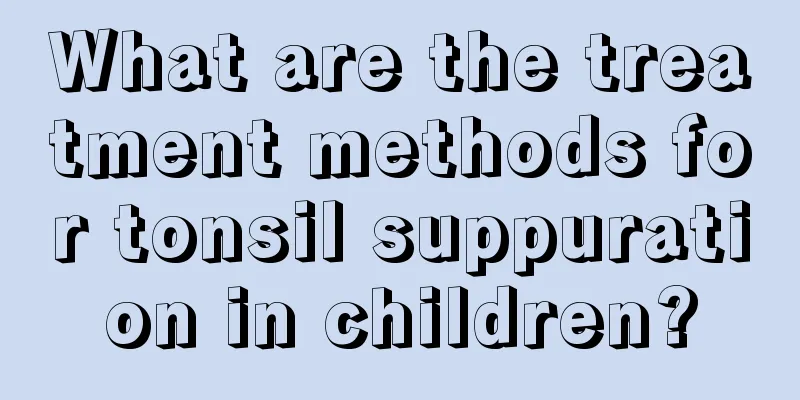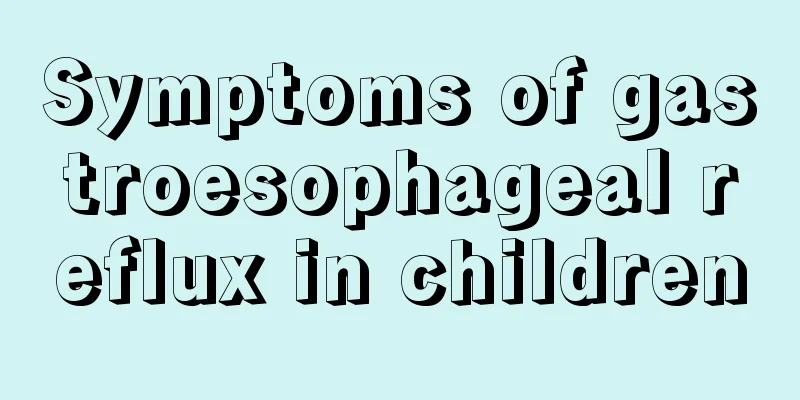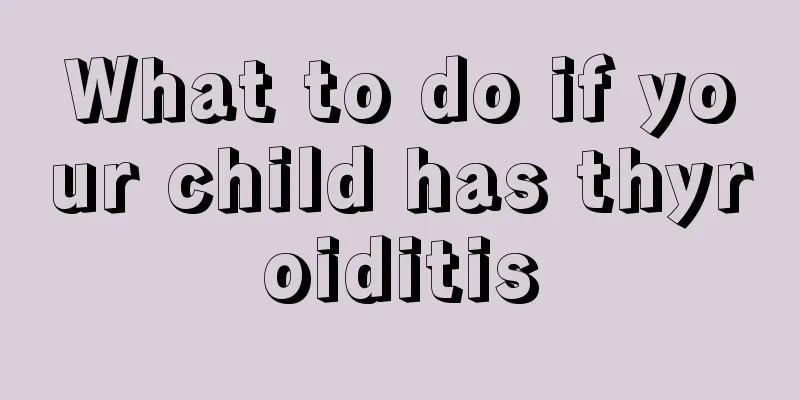How should tracheitis be treated in children?
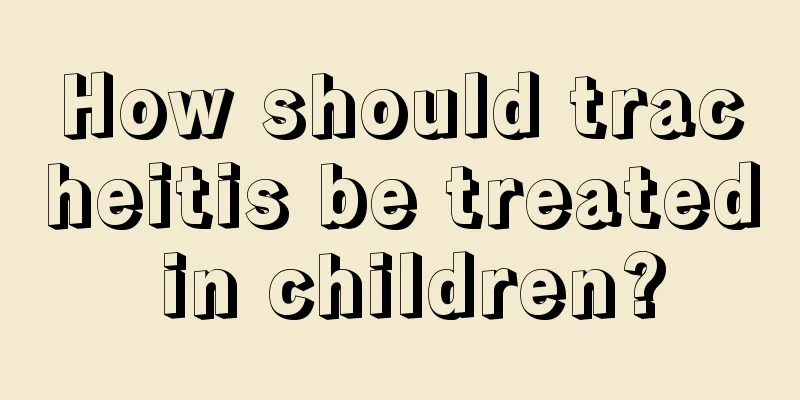
|
Bronchitis often occurs in children in late autumn and cold winter, which makes many parents very worried. Bronchitis in children is a chronic disease that recurs frequently and is often accompanied by gastrointestinal symptoms such as vomiting, diarrhea, and abdominal pain. Bronchitis can be very harmful to children and can even be life-threatening. Next, I will introduce the traditional Chinese medicine treatment methods for children's tracheitis. Parents, please take a look. Traditional Chinese Medicine Treatment 1. Decoction (1) Wind-cold cough type: The cough is heavy and rapid, with thin white sputum, nasal congestion and runny nose, aversion to cold without sweating, itchy throat, fever or no fever, headache, thin white tongue coating, and floating pulse. Use 6 grams each of almond, pinellia, and schizonepeta, 10 grams each of peucedanum and perilla leaves, 3 grams of ephedra, and 3 slices of ginger. Decoction in water, twice a day, 1 dose per day. (2) Wind-heat cough type: coughing up phlegm, which is yellow, thick and sticky, thirst, sore throat, runny nose, fever, headache, sweating, slightly yellow tongue coating, and a floating and rapid pulse. Use 10 grams each of mulberry leaves, chrysanthemums, forsythia, loquat leaves, and 6 grams each of almonds, peucedanum, platycodon, and scutellaria. Decoction in water, take 1 dose daily, divided into 2 doses. (3) Heat phlegm blocking the lungs: coughing with lots of phlegm that is thick and difficult to cough up, fever with red face, red eyes and lips, irritability, yellow urine with scanty urine volume, dry stool, yellow tongue coating, and slippery and rapid pulse. Use 3 grams of ephedra, 15-20 grams of gypsum, 6 grams each of apricot kernel, scutellaria, peucedanum, and perilla seed, 10 grams each of Fritillaria cirrhosa and Cucurbitacin seed, and 5 grams of radish. Decoction in water, 1 dose per day, divided into 2 doses; 2 doses per day can be taken if necessary. (4) Phlegm-fluid cough type: Cough, with a lot of white and sticky phlegm that is easy to cough up, chest and abdominal distension, loss of appetite, white and greasy tongue coating, and a slippery or soft pulse. Use 10 grams each of Pinellia, Tangerine Peel, Apricot Kernel, Atractylodes Macrocephala, Poria, and Psoralea Corylifolia, 6 grams of Perilla frutescens, 1.5 grams each of White Mustard Seed and Asarum, 3 slices of ginger, and 3 dates. Decoction in water, take 1 dose daily, divided into 2 doses. The above is the treatment method for childhood bronchitis. Everyone must be aware of the seriousness of the disease. If it is not cured in time, the vicious cycle will further expand over time, the condition will worsen and it will be difficult to cure. In order for children to grow up healthily, parents should understand that they should receive timely and thorough treatment after their children become ill to avoid the disease from becoming serious. |
<<: What are the symptoms of chronic tonsillitis in babies?
>>: What kind of milk can help children grow taller?
Recommend
What foods are good for children's teeth
Childhood is the period when teeth grow most freq...
How to supplement iron deficiency in a two-year-old baby?
In life, if a 2-year-old baby appears pale and li...
Age when deciduous teeth come out
Babies usually have no teeth after they are born,...
What should children eat when they have stomach pain?
Most people have experienced stomach pain. Many t...
Children do not need to take medicine for bedwetting, these three ancient recipes are effective quickly
When children wet the bed, parents are usually em...
What to do if your child is afraid of ghosts
Ghosts are a kind of feudal superstition, but for...
What can children supplement to grow taller?
If a child's body lacks certain nutrients, it...
At what age is it better for children to sleep alone?
Children are very cute and like to sleep next to ...
What to do if your baby hiccups? 6 ways to solve it
Hiccups themselves do not have any adverse effect...
Reasons why babies don't sleep well at night
There are many reasons why babies may not sleep w...
What to do if a three-month-old baby bites his lower lip
Generally speaking, children have little autonomy...
What to do if your three-year-old baby has a cough and runny nose
Three-year-old babies have begun to gradually ada...
What should I do if my two-month-old baby has poor appetite?
It is a very common phenomenon that babies of two...
What medicine should children take for diarrhea and fever
Diarrhea is a very common disease. After the onse...
Will children have a fever if they have mycoplasma infection?
Mycoplasma infection in children is very harmful ...


